Soul music for the High Holy Days
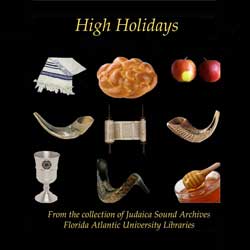 During the High Holy Days Jews around the world congregate to experience a sense of spiritual community. It is a time of family gatherings and happy times juxtaposed with introspection and solemn prayer.
During the High Holy Days Jews around the world congregate to experience a sense of spiritual community. It is a time of family gatherings and happy times juxtaposed with introspection and solemn prayer.
In choosing the music for this year’s JSA High Holy Days Music Mix we wanted to highlight the voices of cantors who have devoted themselves to perfecting their art. The High Holy Days has inspired some of the most beautiful and compelling Jewish sacred music ever recorded. On this album we feature such legendary cantors as Leib Glantz, Leibele Waldman, Gershon Sirota and Moishe Oysher. We also highlight the interpretations of some of today’s finest cantors.
In addition, we also wanted to share the more upbeat, happy tunes that appeal to children learning about Jewish traditions and the meaning of the holidays. Some of my fondest memories are of helping my mother prepare for the big holiday dinner and learning about the special foods that meant a “happy new year!’
This special mix of songs has been excerpted from albums which can be heard any time on our website. The mix includes light-hearted, yet meaningful, songs for children. It also includes some of the most beautiful cantorial music ever written. Enjoy!
Click here to hear all 18 songs or to listen to your favorites.
These songs are for your listening pleasure only. They may not be copied, reproduced or sold.
Excerpts of selections from these albums were used to create the JSA High Holidays Music Mix 5771.
Click on any title to hear the entire album.
(1) Ye Shall Rejoice On Your Festivals by Shimon & Ilana Gewirtz
(2) Simeni Ka Hotam by Cantor Ehud Spielman
(3) Misha Alexandrovich by Cantor Misha Alexandrovich
(4) Concerts & Recitals #3 by Cantor Zvee Aroni
(5) Our Prayers in Song by Cantor Henry Butensky
(6) Prayers of My People by Cantor Louis Danto
(7) Chants Folkloriques Israeliens by Cantor Michel Heymann
(8) Hallel & Three Festivals by Cantor Leib Glantz
(9) High Holy Days in a Conservative Synagogue by Cantor Moshe Schwimmer
(10) Holidays around the Year by Chaim Parchi
(11) Kinder Songs – Holiday Songs for the Entire Family by Cantor Deborah Katchko-Gray
(12) S’iz Yontev Kinder! Lomir Zingen by Cindy Paley
(13) Teshuva: Liturgical Explorations for the Days of Awe by Ramon Tasat
(14) Chassidic Melodies by Cantor Leibele Waldman
(15) Cantorial Chants & Jewish Songs by Cantor Seymour Schwartzman
(16) European Recordings (1906-1907) Vol. 2 by Cantor Gershon Sirota
(17) The Power, The Glory, The Soul of Moishe Oysher by Moishe Oysher

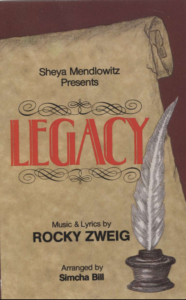
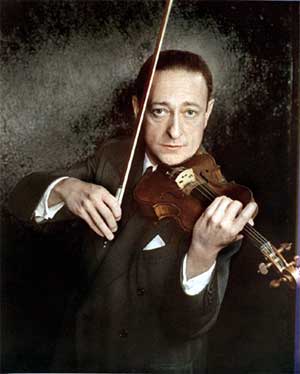
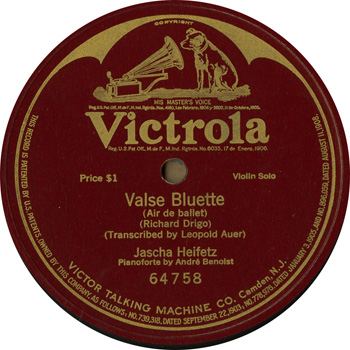
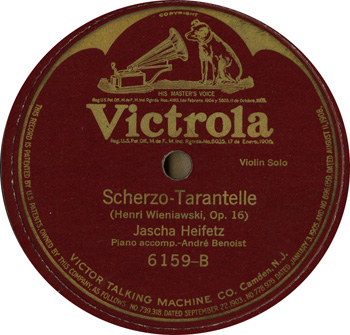
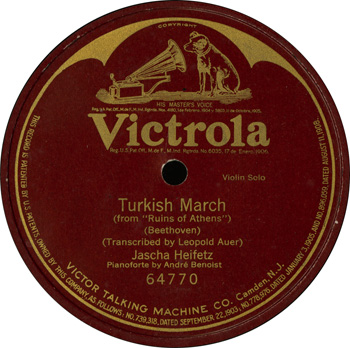
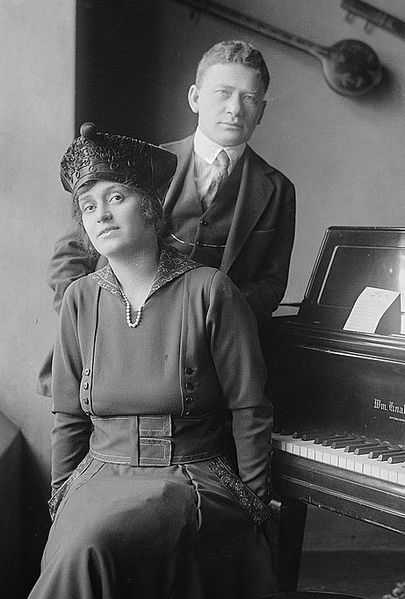
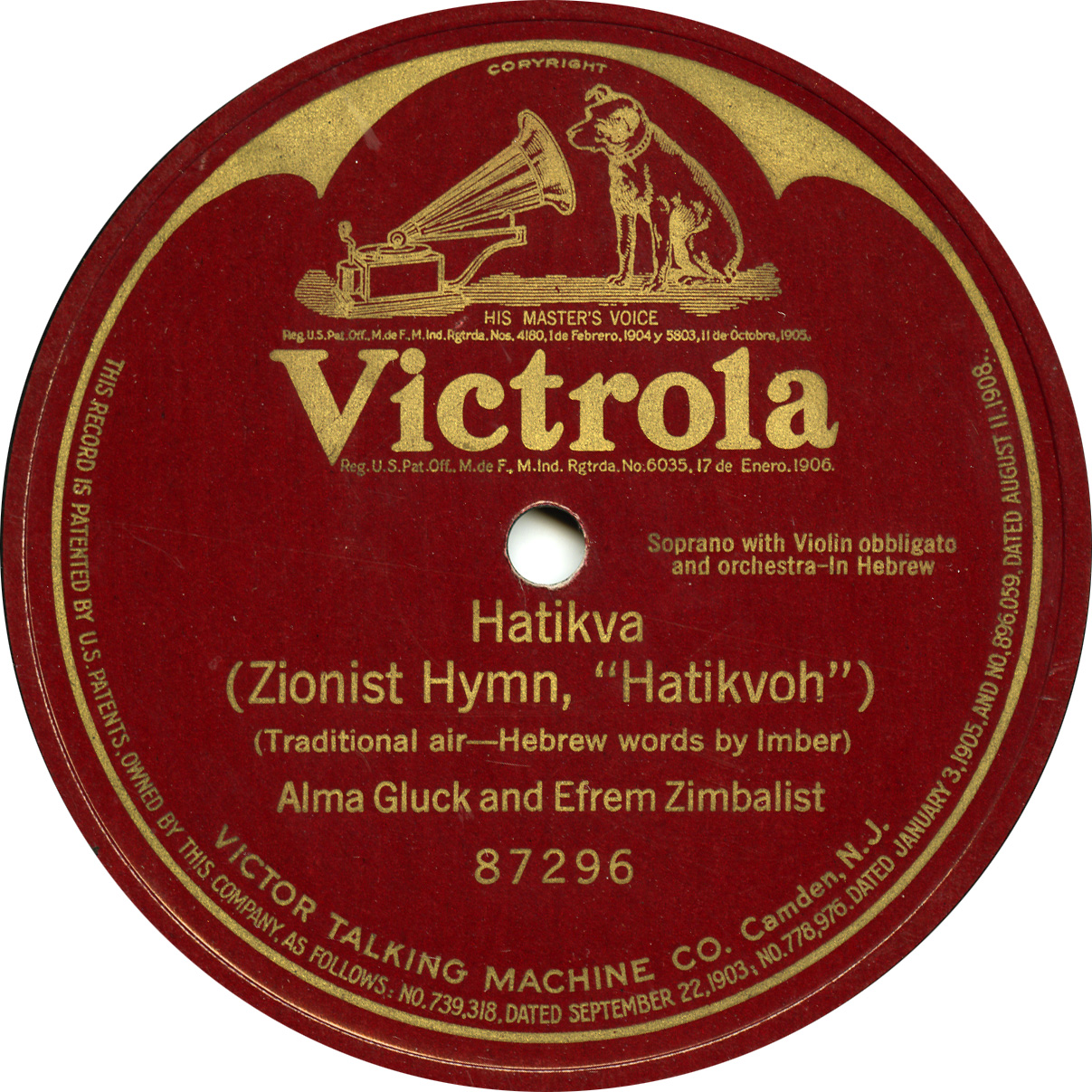
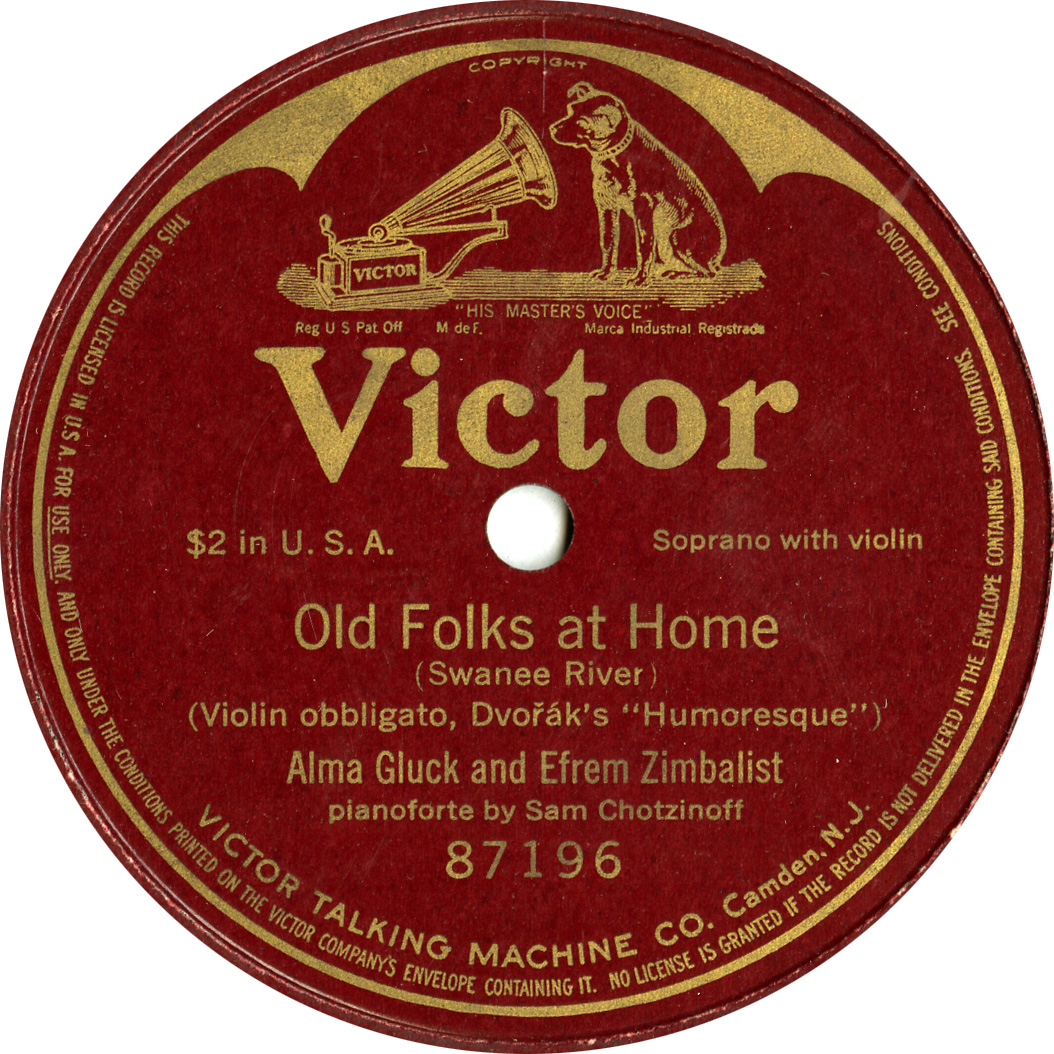
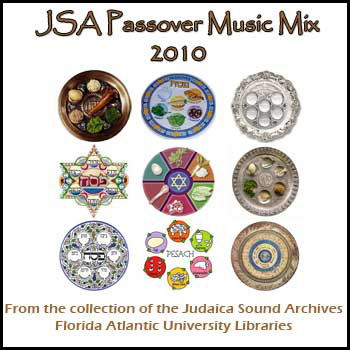
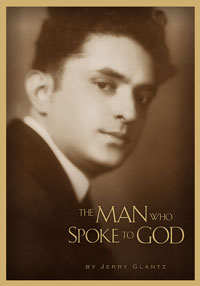
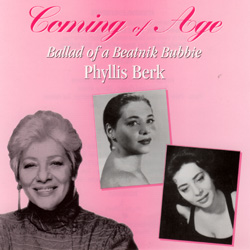
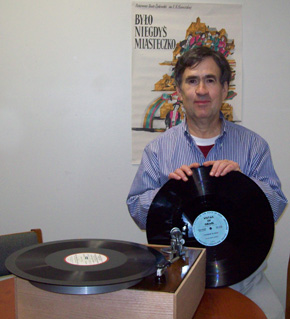

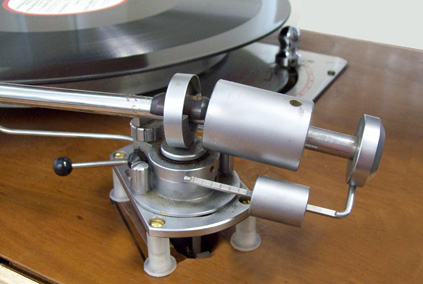

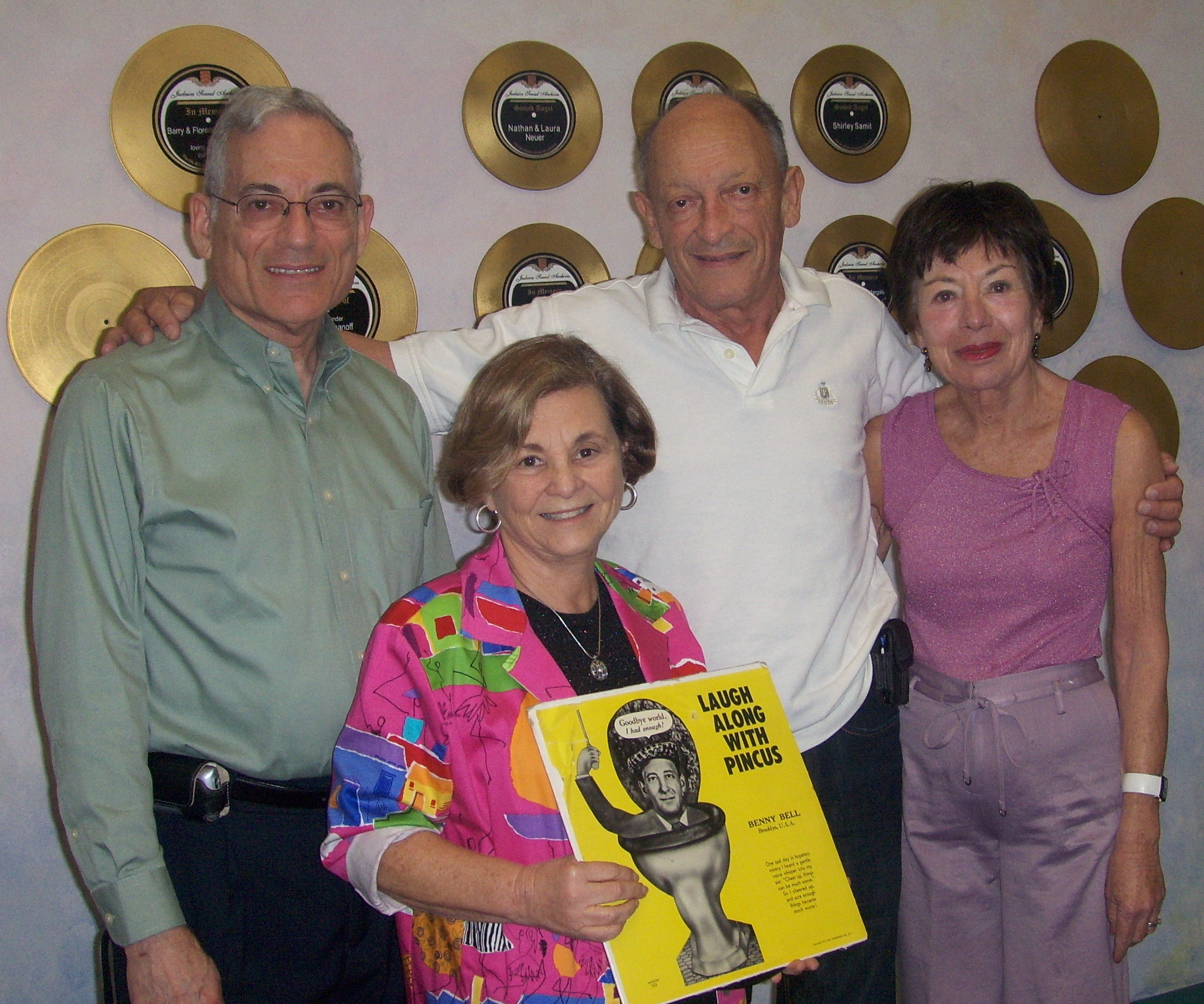
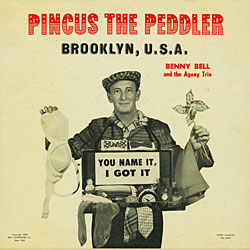
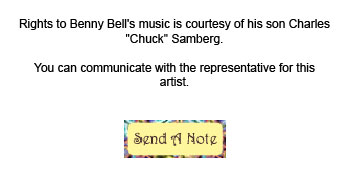
![990042A[1] 990042A[1]](http://rsa.fau.edu/blog/wp-content/uploads/2009/12/990042A1.jpg)